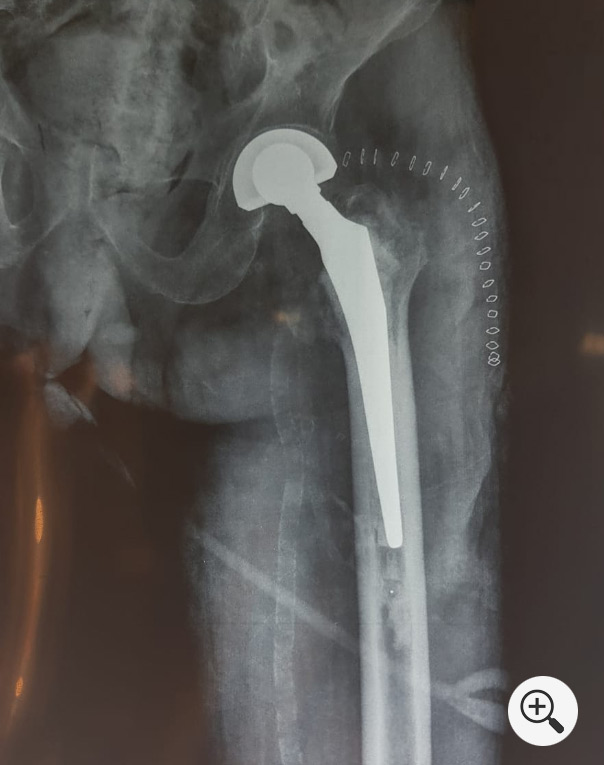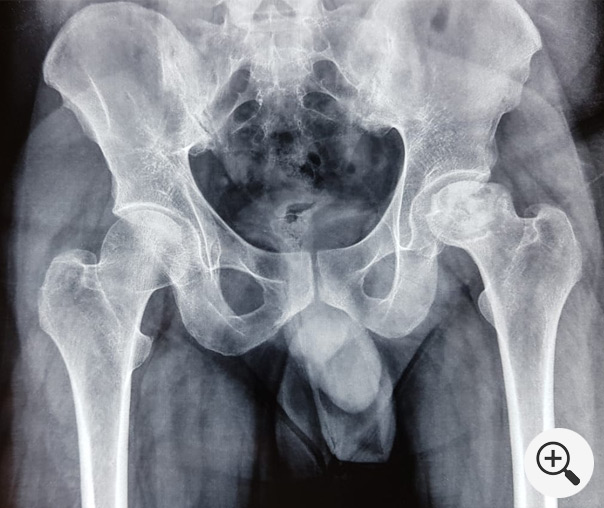An Explanation of Hip Anatomy and Hip Function



The hip is a joint that bears the majority of the body's weight. Classified as a balland- socket joint, the hip consists of the ball at the top of the thighbone, or femur, and the socket of the pelvis. There is a system of ligaments and cartilage that hold the ball in the socket and allow the hip to flex properly. There is a membrane that covers the hip and provides lubricant for the hip to allow for the smooth glide of the ball and socket.
Hip pain can be extremely limiting and can cause eventual debilitation and disability, due to the fact that proper hip function is required for walking and mobility. Hip pain can have multiple causes, but the most common is osteoarthritis. This type of arthritis causes degeneration of the cartilage in the hip, which causes the bones of the hip to rub against one another. This causes pain, swelling and inflammation and, because it becomes easier to rest the joint and keep weight off of it, this causes muscle weakness which can further lead to loss of mobility.
There are several options for treating pain associated with osteoarthritis of the hip. Depending on the severity of the arthritis, conservative treatments are often the first course of therapy. Non-steroidal anti-inflammatory drugs (NSAIDs) such as ibuprofen or naproxen are extremely beneficial in treating chronic inflammation due
to hip arthritis. If you are fit enough for it, an exercise program or physical therapy may be recommended by your orthopedic surgeon. Localized injections of a corticosteroid may be administered to the hip joint to relieve pain and decrease swelling and inflammation. If conservative methods do not offer adequate pain relief or the degeneration of the hip is severe, surgery may be the next option.
